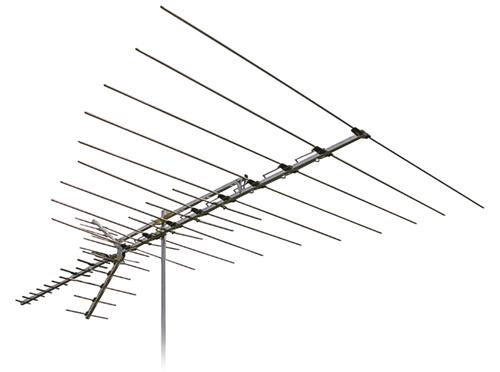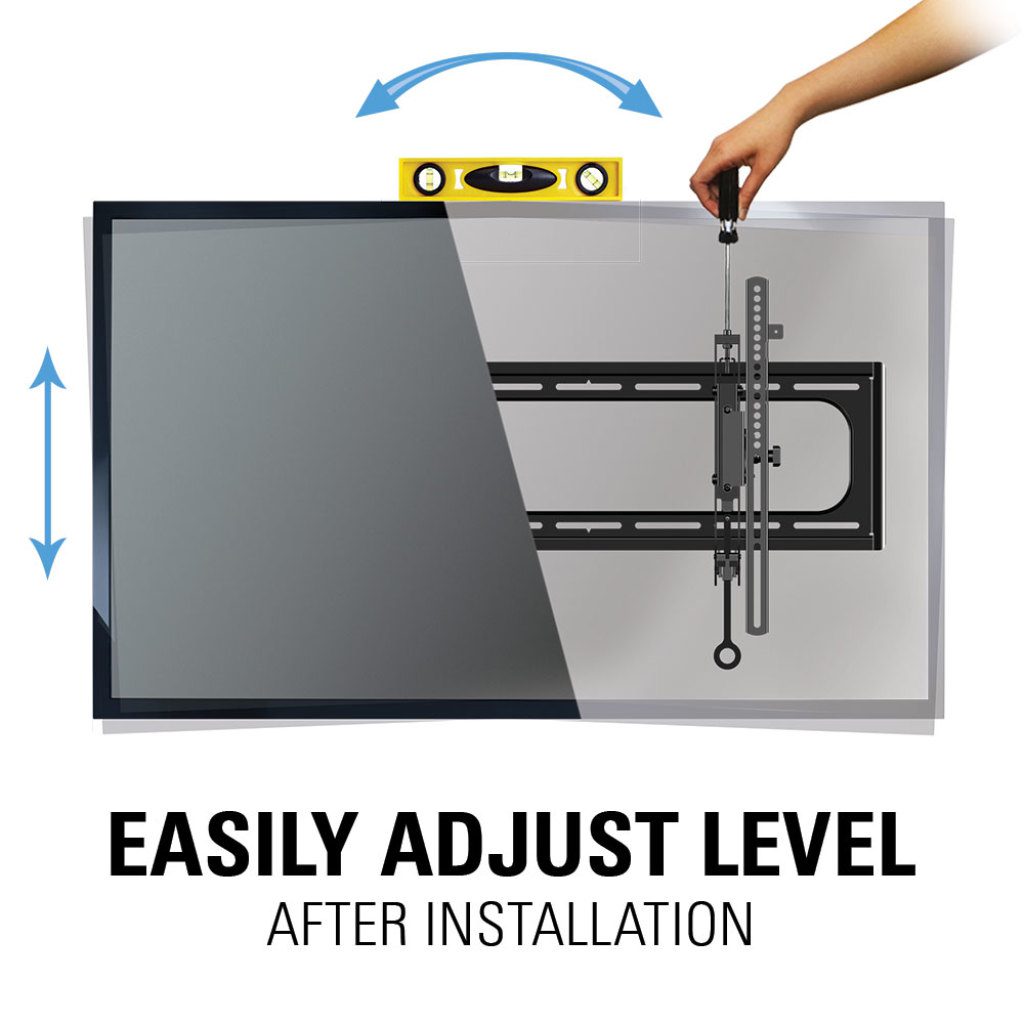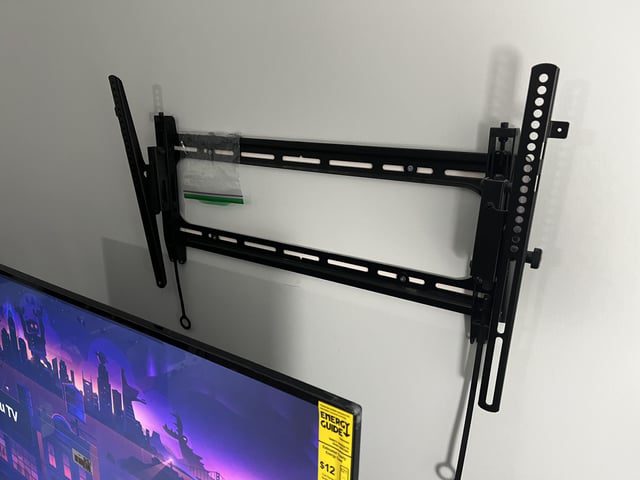To point a TV antenna, aim it towards the nearest broadcast tower and adjust the angle for optimal signal reception. Setting up a TV antenna can be an effective way to receive free over-the-air television broadcasts.
Whether you’re looking to cut the cord or simply enhance your existing cable or satellite subscription, a properly pointed antenna can provide access to local channels and a variety of programming. Pointing a TV antenna is a straightforward process that involves aligning the antenna with the nearest broadcast tower.
This ensures that you receive a strong and clear signal. We will delve into the step-by-step process of how to point a TV antenna for optimum reception and an excellent viewing experience.
Why Properly Pointing A Tv Antenna Is Important
Introductory paragraphProperly pointing a TV antenna is crucial for enhancing your television viewing experience. It ensures that you receive a strong signal reception and have access to a wide range of channels. By aligning your antenna correctly, you can improve signal reception and increase channel availability, giving you a clearer and more consistent picture quality. In this article, we will explore the importance of pointing a TV antenna correctly and ways to enhance your signal reception to enjoy uninterrupted entertainment.
H3 heading: Improve Signal ReceptionImprove Signal Reception
Content under H3 heading: Improve Signal ReceptionWhen you aim your TV antenna in the right direction, you can significantly enhance the signal reception. This means that you will experience fewer interruptions and a more stable connection. By improving the signal reception, you can avoid instances of pixelation, freezing, or loss of signal, which can often occur when the antenna is not properly aligned. A stronger signal reception also ensures that you can watch your favorite TV shows and enjoy sports events without any disturbance.
H3 heading: Increase Channel AvailabilityIncrease Channel Availability
Content under H3 heading: Increase Channel AvailabilityProperly pointing your TV antenna opens up a world of channel options. By aligning your antenna towards the broadcast towers, you can gain access to a wider variety of channels in your area. This allows you to watch local news, sports, entertainment, and educational programs on a broader range of channels. Increasing channel availability provides you with more options for your TV viewing, ensuring that you never run out of interesting shows to watch.
Summary paragraphIn conclusion, properly pointing a TV antenna is of utmost importance to improve signal reception and increase channel availability. By aligning your antenna correctly, you can enjoy a clearer picture quality and uninterrupted TV viewing experience. Taking the time to adjust your TV antenna properly will ensure that you make the most out of your television and have access to a wide range of channels. So, follow the tips mentioned in this article to optimize your TV antenna and elevate your entertainment experience to a whole new level!
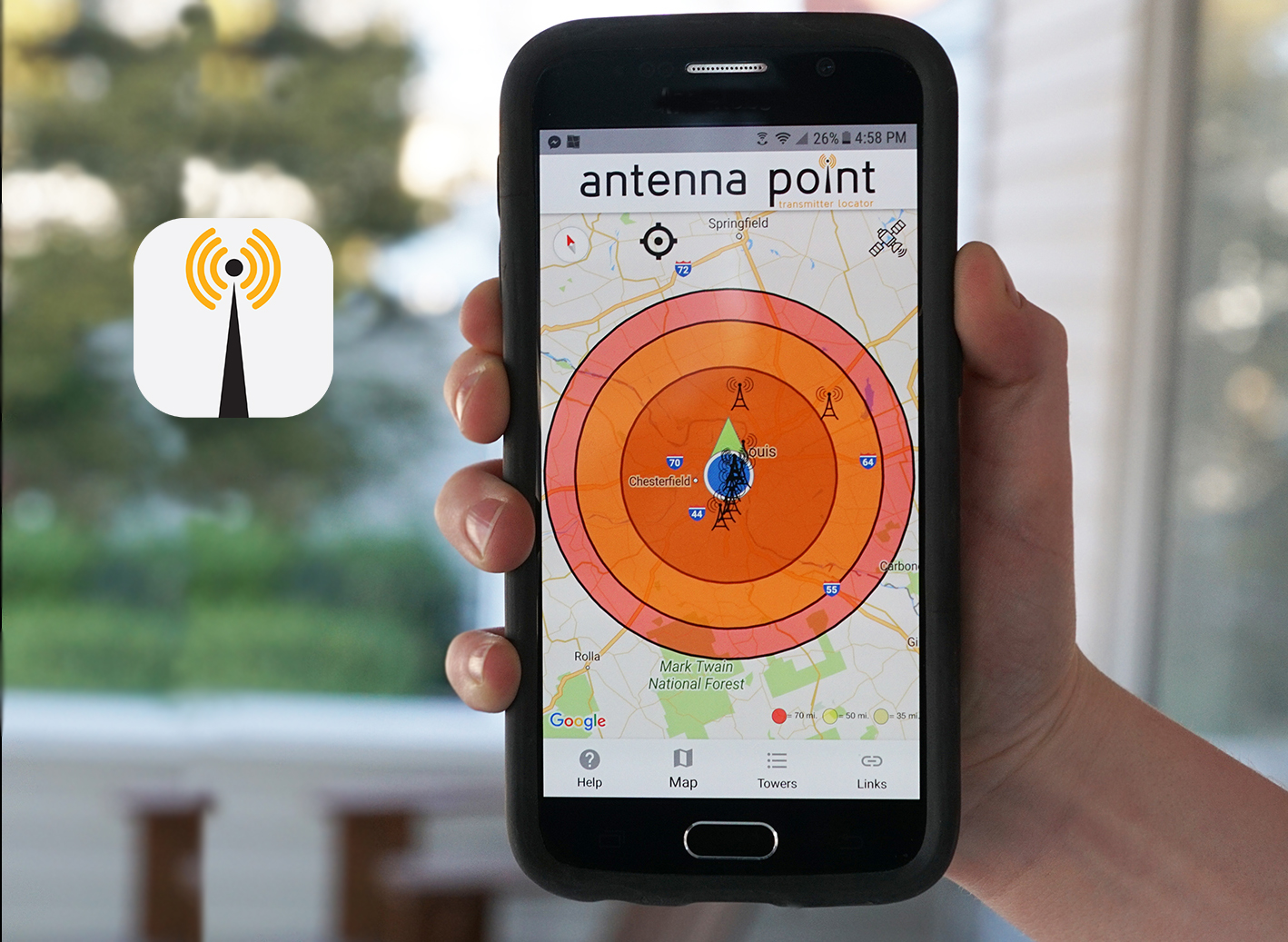
Credit: www.antennasdirect.com
Understanding The Basics Of Tv Antennas
One aspect of understanding TV antennas is learning how to properly point them towards the desired signal source. By following a few simple steps, you can optimize your antenna’s reception and enjoy better quality television.
Types Of Tv Antennas
A TV antenna is a device that receives television signals to deliver clear and crisp images to your television set. There are different types of antennas available, and understanding their differences can help you choose the one that suits your needs best.
1. Indoor Antennas: These antennas are compact and designed to be used inside your home. They are suitable for areas with strong signal strength, such as urban locations. Indoor antennas are easy to install and can be placed near a window or in an elevated position within your home.
2. Outdoor Antennas: Outdoor antennas are larger and more powerful than indoor antennas. They are designed to be mounted outside your home, usually on the roof or the side of a building. Outdoor antennas are ideal for areas with weak signal strength or if you live in a rural location. They offer better reception and can pick up signals from a further distance.
3. Directional Antennas: As the name suggests, these antennas are designed to receive signals in a specific direction. They offer higher gain and are ideal for areas where the signal source is located in a particular direction. Directional antennas can be pointed towards the broadcast tower to ensure optimal signal reception.
4. Multi-directional Antennas: Unlike directional antennas, multi-directional antennas can receive signals from multiple directions. These antennas are suitable for areas where the broadcast towers are located in different directions. They provide a broader reception range and are convenient if you’re uncertain about the exact location of the signal source.
5. Amplified Antennas: Amplified antennas are equipped with an amplifier to boost the signal strength. They can be used both indoors and outdoors and are particularly beneficial in locations with weak signal reception. Amplified antennas improve the signal quality, allowing you to enjoy a better viewing experience.
How Tv Antennas Receive Signals
Understanding how TV antennas receive signals is crucial to ensuring optimal reception. The process involves the following:
- The antenna captures the radio waves, which carry television broadcast signals.
- The captured radio waves are converted into electrical signals by the antenna’s receiver element.
- These electrical signals are then sent through a coaxial cable to your television, where they are converted back into audio and visual signals.
- Your television processes these signals, allowing you to enjoy your favorite shows.
It’s important to position your antenna correctly to receive the best possible signal. By understanding the location and direction of broadcast towers in your area, you can point your antenna in the right direction to pick up the strongest signal.
Now that you have a better understanding of the basics of TV antennas and the types available, you can make an informed decision when it comes to selecting the right antenna for your needs. By choosing the right antenna and pointing it correctly, you can enjoy high-quality television reception and access a wide range of channels.
Determining The Best Location For Your Tv Antenna
When it comes to enjoying a crystal-clear TV reception, the location of your TV antenna plays a crucial role. To make the most of your antenna, you need to find the best location for it. Here are some important factors to consider when determining the ideal spot to point your TV antenna.
Consider Height And Obstructions
Determining the height and avoiding obstacles is key to achieving optimal TV signal reception. A higher location for your antenna allows it to catch signals that may be obstructed at ground level. Additionally, minimizing obstructions such as trees, buildings, or other structures in the line of sight between the antenna and the broadcasting towers ensures uninterrupted signal quality.
Here are some important points to keep in mind:
- Elevate your antenna as high as possible, either by placing it in an attic or mounting it on your roof.
- Avoid placing your antenna near tall objects like trees or buildings that can interfere with the signal.
- Position the antenna away from metal objects like gutters, metal roofs, or large appliances that can cause signal reflection.
Research Tv Broadcasting Towers In Your Area
Researching TV broadcasting towers in your area is essential to point your antenna in the right direction. Knowing the exact location of these towers helps you align your antenna correctly and maximize signal strength. You can find this information by using online tools or consulting the FCC’s TV reception map.
Follow these steps to find the broadcasting towers:
- Visit the FCC website and navigate to their TV reception map section.
- Enter your address or zip code to generate a detailed map of broadcasting towers in your vicinity.
- Note the direction and distance of the towers to determine the best pointing angle for your antenna.
By researching TV broadcasting towers and considering height and obstructions, you can significantly improve your TV antenna’s performance and enjoy a fantastic viewing experience.
Tools And Equipment Needed For Pointing A Tv Antenna
When it comes to pointing a TV antenna, having the right tools and equipment is essential for ensuring a crisp and clear signal. Whether you’re setting up a new antenna or adjusting an existing one, this guide will outline the essential tools you’ll need, as well as optional equipment for enhanced accuracy. Let’s dive in!
Essential Tools For The Job
In order to point your TV antenna accurately, there are a few essential tools you’ll need. These tools are designed to make the process easier and more efficient, ultimately leading to better signal reception. Here are the must-have tools:
- Antenna Signal Meter: An antenna signal meter helps you determine the strength of the signal you’re receiving. It allows you to adjust the antenna’s direction until you find the sweet spot with the strongest signal.
- Compass: A compass is a handy tool for pointing your TV antenna in the right direction. Simply align the antenna with the correct azimuth, which you can find online based on your location.
- Adjustable Wrench: An adjustable wrench is necessary for loosening and tightening bolts and nuts on the antenna mount. It ensures that your antenna stays securely in place once properly positioned.
- Screwdriver: Depending on the type of antenna you have, a screwdriver might be needed for attaching or adjusting certain components. It’s best to have both flathead and Phillips screwdrivers on hand.
- Coaxial Cable Cutter: A coaxial cable cutter is essential for cleanly cutting and preparing the coaxial cable that connects your antenna to your TV. It ensures a proper connection and prevents signal loss.
Optional Equipment For Enhanced Accuracy
If you’re looking for enhanced accuracy when pointing your TV antenna, there are a few optional equipment items you may consider. These tools can provide additional information and assist in fine-tuning your antenna’s alignment. Here are some optional equipment options:
| Equipment | Description |
|---|---|
| Signal Strength Meter | A signal strength meter provides real-time feedback on the signal strength and quality. It helps you optimize your antenna position for the best possible reception. |
| Inclinometer | An inclinometer measures the angle at which your antenna is mounted. This information is useful for aligning the antenna accurately, especially when dealing with hilly terrain. |
| Rotator | A rotator allows you to remotely change the direction of your antenna. It’s particularly beneficial for those living in areas with multiple broadcast towers, as you can easily switch between channels without physically adjusting the antenna. |
By having the essential tools and considering optional equipment, you’ll have everything you need to properly point your TV antenna and ensure optimal signal reception. Remember to always follow manufacturer instructions and take into account any unique factors in your particular location.
Step-by-step Guide To Pointing A Tv Antenna
Mounting the Antenna Correctly:
Before you can start enjoying crystal-clear television reception, it’s crucial to mount your antenna correctly. Follow these steps:
- Choose the ideal location for your antenna. Ensure it is placed high enough to avoid obstructions like tall buildings or trees.
- Using a sturdy mount, fix the antenna securely. A well-mounted antenna prevents signal loss, and the direction you choose determines the quality of reception.
- Ensure the antenna is facing the designated transmission tower. To find the right direction, you could use online mapping tools or ask your neighbors who have successfully set up their antennas.
Using a Signal Strength Meter:
A signal strength meter accurately measures the signal quality and strength at your chosen location. Here’s how to use it:
- Connect your signal strength meter to your TV and antenna.
- Turn on your TV and go to the signal strength meter settings.
- Rotate the antenna slowly while observing the signal strength meter’s readings on your TV screen.
- Stop turning the antenna when the signal strength reaches its highest point. This ensures optimal reception.
Fine-Tuning the Antenna Position:
After mounting and using a signal strength meter, it’s time to fine-tune your antenna’s position to achieve the best reception possible. Follow these steps:
- Check the TV reception by switching to different channels.
- If certain channels have weak signals, try repositioning the antenna slightly to enhance reception.
- Continue fine-tuning until you achieve the desired signal strength and a clear picture on all channels.

Credit: www.youtube.com
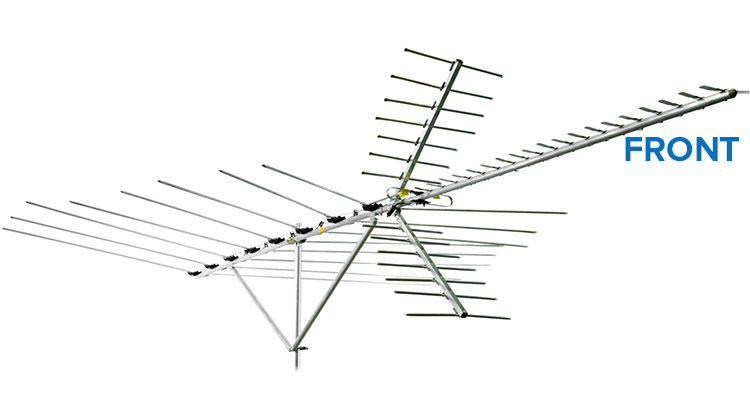
Credit: blog.solidsignal.com
Frequently Asked Questions Of How To Point A Tv Antenna
Which Way Do I Point My Tv Antenna?
Point your TV antenna in the direction of the nearest broadcast tower for the best signal. Use a compass or a TV signal strength app on your smartphone to determine the tower’s direction.
What Direction Should I Point My Tv Aerial?
Point your TV aerial in the direction that offers the strongest signal reception. Consider factors such as the location of broadcast towers and possible obstructions like buildings or trees. Adjust the aerial until you achieve the best signal quality for optimal TV viewing experience.
What Is The Best Angle To Point An Antenna?
The best angle to point an antenna depends on various factors such as the location, signal strength, and distance from the broadcast towers. Conduct a signal scan and adjust the antenna in small increments to find the optimal position for maximum signal reception.
How Do I Find The True Heading For My Antenna?
To find the true heading for your antenna, use a compass or a smartphone app to determine the direction of magnetic north. Align your antenna accordingly to ensure optimal reception.
Conclusion
To wrap up, mastering how to properly point a TV antenna is crucial for getting the best possible reception and enjoying your favorite shows without interruptions. By considering factors like proper positioning, signal strength, and conducting a channel scan, you can optimize your antenna’s performance.
Remember to adjust and fine-tune your antenna as needed to ensure the best signal quality. Happy watching!
- Unleash the Potential: Exploring the World of Ceiling TV Mounts - February 15, 2024
- How to Mount a Tv on a Swivel Stand - February 15, 2024
- How to Hang Tv Outside - February 14, 2024
